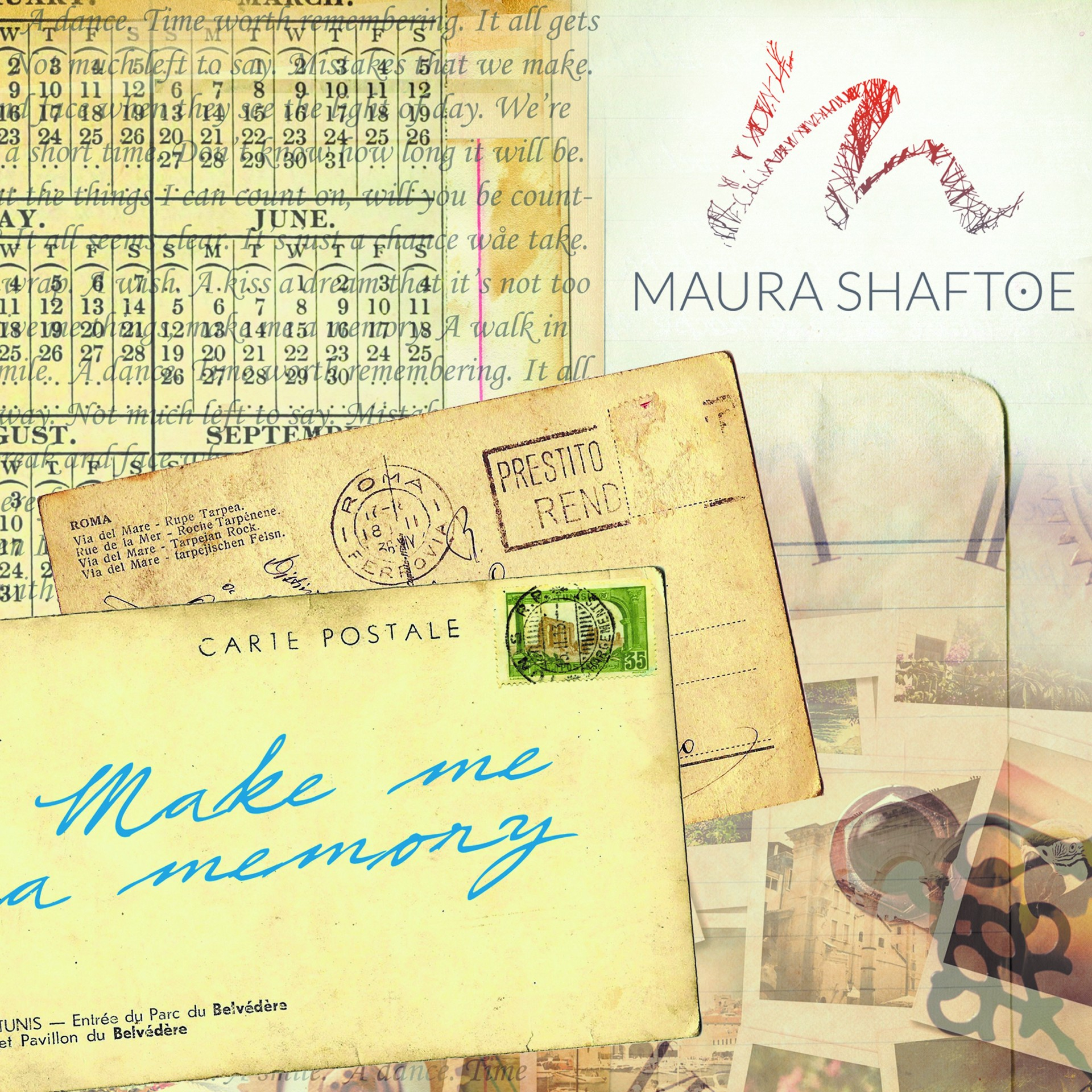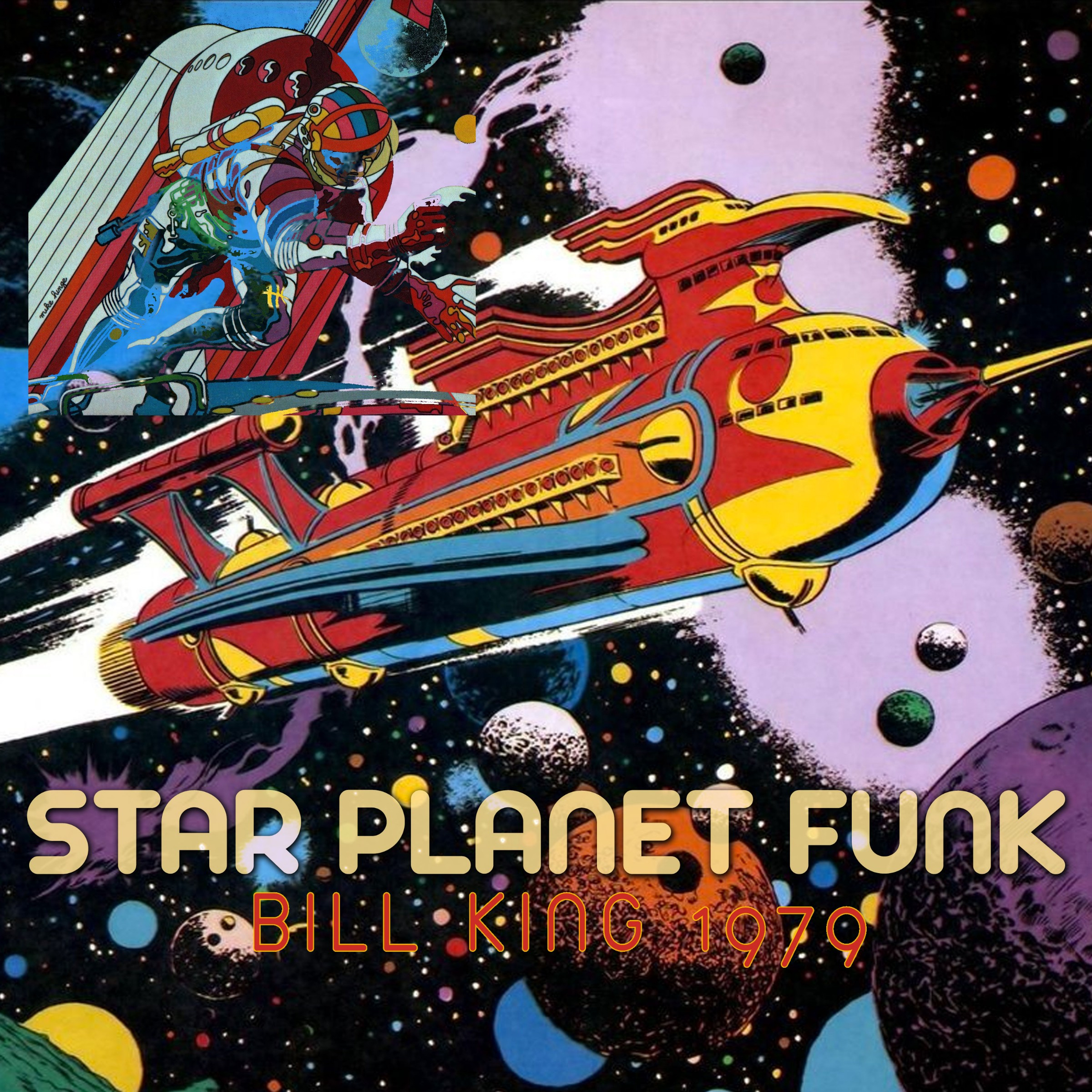Hugh Masekela who passed on Jan 23, 2018, is an integral part of South African modern history, being part of the resistance against 'apartheid' oppression, the social issues he addressed in his music, as well as being a larger-than-life figure.
'Stimela' (Coal Train) is the track that Hugh Masekela will probably be best remembered for as it encompasses all of his work both lyrically and musically. Such is the significance of 'Stimela' as it addresses the theme of hope against a backdrop of social injustice, central to South African modern history, a history still marked by decades of 'apartheid'.
'Stimela' was first released in 1974 on the album "I am not afraid" while Bra Hugh was still in exile following the political unrest surrounding the 1960 Sharpeville Massacre. Masekela studied at London's Guildhall School, then later on at the Manhattan School of Music. In New York, he befriended Harry Belafonte, who helped him to settle in the United States as a student.
The song was also featured on the album titled "Hope" in 1994. Most people then took note of the song as it was released right after the first democratic elections in South Africa.
Masekela starts the song by narrating about a journey taken by men from different parts of the continent and within the country to the places of gold and coal in Johannesburg.
Gold was discovered in South Africa in 1886. Initially mostly prospected and mined by the white minority, the mining operations were assisted in part by the influx in 1904 - following the South African 'Second Boer' War -, of some 64,000 Chinese laborers.
Following their repatriation in 1910, the Chinese labor force on the mines was replaced by the introduction of migrant black labor, much of it recruited from neighboring territories, mostly Mozambique, and later on drawn from British colonies further afield.
During 'apartheid' the working class in South Africa was separated based on race, and the black working class suffered from shocking exploitation, especially in the mines. Laws were passed that reserved skilled and semi-skilled work for white people only and black workers were paid significantly less than white workers – even when they were doing the same kind of work. In later years white workers were angered when the mines laid many of them off in favor of black workers to cut costs. They went on strikes and hundreds of people were killed.
'Stimela' starts off by Masekela depicting the sounds and scenes of men traveling on the 'chu chu' train, taking long-distance trips in search of fortune in order to help and change the lives of their families. The train symbolizes hope to the people. Hope for a better life for all in the family. Hope that their loved ones will one day come back. As such everyone stayed glued to the train.
In most cases, they do come back, some twice or four times a year. Some of the men will come back just once or after a number of years. Some will be gone forever.
Some will return only to find their family being displaced to other parts of the country following the enactment of the 1950's Group Areas Act. The Act became an effective tool in the separate development of races in South Africa. It also granted the Minister of the Interior a mandate to forcibly remove non-whites from valuable pieces of land. One of the most famous uses of the Group Areas Act was the destruction of Sophiatown, a suburb of Johannesburg, on February 9, 1955.
'Stimela' represents a reality that comes with waiting and being faced with the (forced) movement from rural villages to townships in urban areas. The train is both a metaphor for hope as well as for a criminal system that has been an integral part of people’s lives and who are still affected by it up to this day.
The Group Areas Act was but one of the many racist laws that affected all parts of the Rainbow Nation - most adversely the black majority - dating as far back as the Natives 'Bantu' Land Act of 1913. This Act was the first major piece of segregation legislation passed by the then Union Parliament. It was only to be replaced by the now current policy of land restitution.
The act decreed that whites were not allowed to buy land from natives and vice versa. That stopped white farmers from buying more native land. Exceptions had to be approved by the Governor-General. The Act effectively left the native population with less than 10% of the entire landmass.
Other Acts that were significant to Hugh Masekela's life and that of many South Africans were so-called Pass Laws starting with the Natives 'Urban Areas' Act of 1923, amended and extended by a series of Laws in 1945, 1951, 1952, 1954, 1956, 1961 and 1982 only to be repealed by the Identification Act of 1986 in which identity numbers would no longer reflect a person's race group and were replaced by a uniform identity document for all population groups.
It was the resistance to those Pass Laws that triggered the tragic events at Sharpeville in 1960 and caused Mr. Masekela's exile abroad.
Bra Hugh uses 'Stimela' to pay homage to immigrants coming from all parts of the continent and to protest the 'apartheid' system at the same time. This 'double' narrative is being musically represented throughout the song by the use of percussion and his famed trumpet playing as the train passes through the countryside and intersects railroad junctions.
Hope against a backdrop of social injustice.

